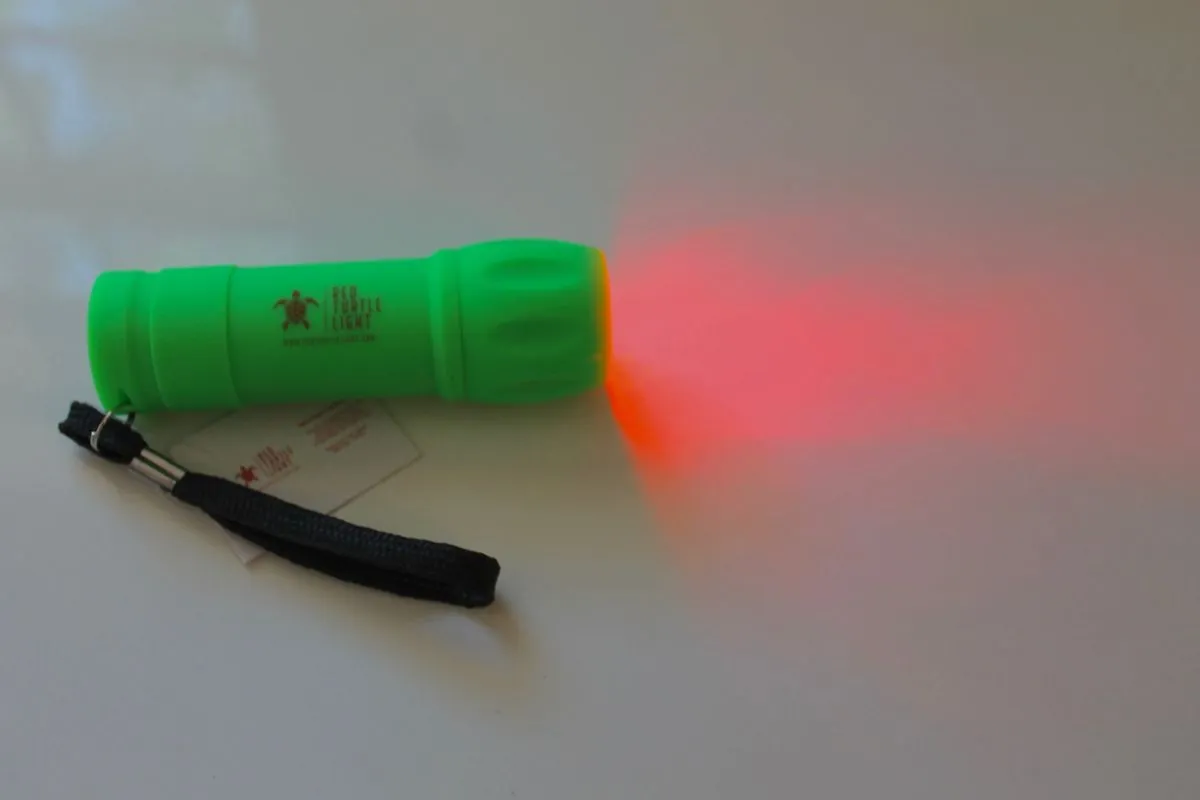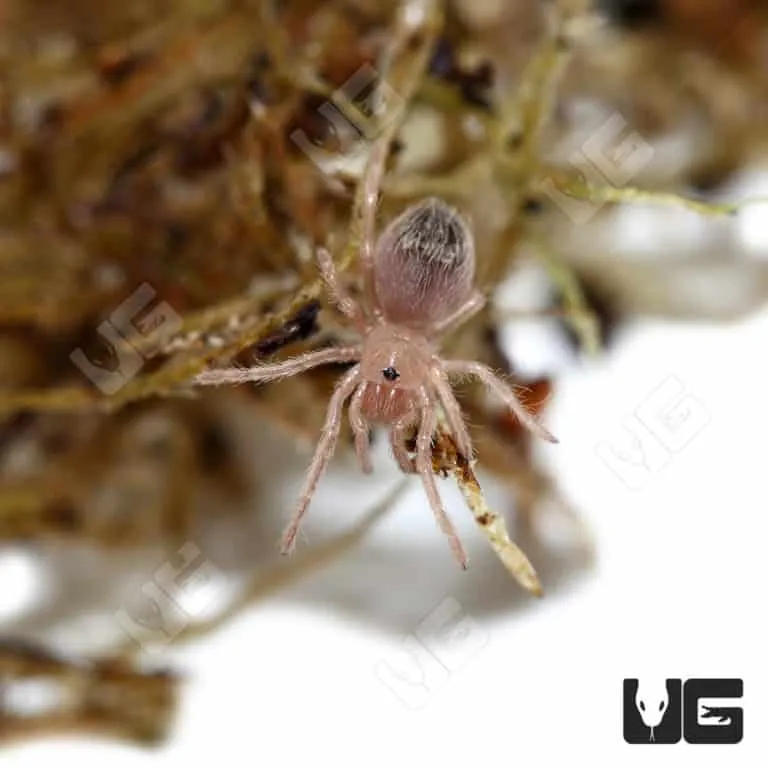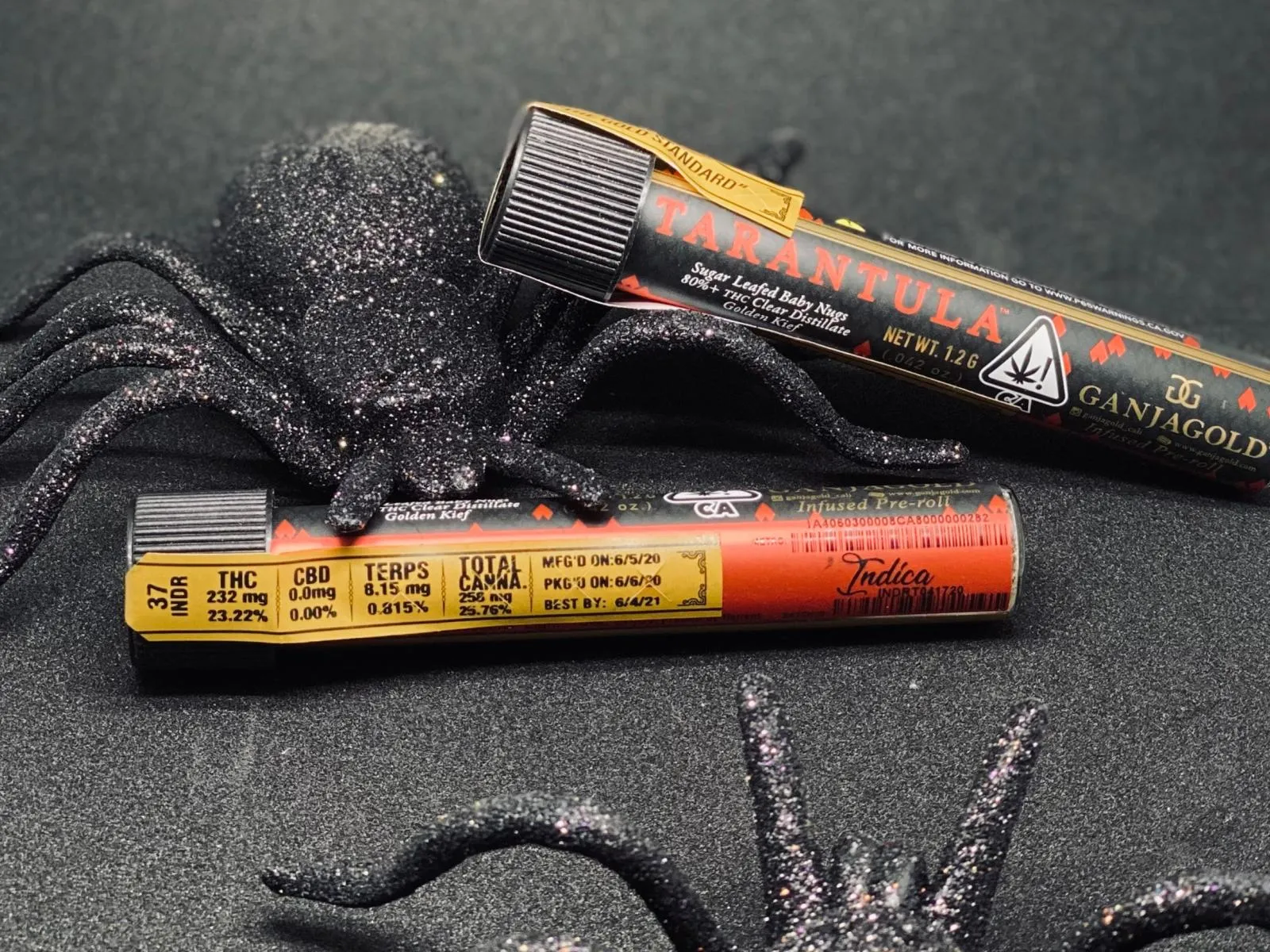Red LED Light for Tarantulas: Top 5 Benefits
Caring for a tarantula is a rewarding experience, and providing the right environment is crucial for their health and well-being. One often-overlooked aspect of tarantula care is lighting. While tarantulas don’t require intense lighting like some reptiles, the type of light used can significantly impact their behavior and overall health. Red LED lights have become a popular choice among tarantula keepers, and for good reason. This article explores the top 5 benefits of using red LED lights for your tarantula, helping you understand why this type of lighting is a superior choice for your eight-legged friend. From preserving their natural behaviors to promoting healthy growth, red LED lights offer numerous advantages that contribute to a thriving tarantula habitat. Choosing the right lighting is essential for the well-being of your tarantula, so read on to discover how red LED lights can enhance your tarantula-keeping experience.
Benefit 1 Preserving Natural Behavior
One of the most significant benefits of using red LED lights for tarantulas is their ability to preserve the spider’s natural behavior. Tarantulas are primarily nocturnal creatures, meaning they are most active during the night. Traditional white lights can disrupt their natural sleep-wake cycle, causing stress and potentially altering their behavior. Red LED lights, on the other hand, emit a wavelength that is less visible to tarantulas, allowing them to maintain their natural activity patterns without being disturbed. This helps the tarantula feel safe and secure within its enclosure, encouraging it to exhibit its normal hunting, foraging, and mating behaviors. By replicating the low-light conditions of their natural habitat, red LED lights create a more conducive environment for these fascinating creatures.
The Importance of Nocturnal Habits

Understanding a tarantula’s nocturnal habits is key to providing proper care. These spiders have evolved to be active at night, using the darkness to hunt, explore, and avoid predators. Disrupting this natural cycle can lead to a variety of problems, including stress, reduced appetite, and changes in their activity levels. The nocturnal nature of tarantulas dictates much of their behavior, including when they choose to eat, where they choose to hide, and how they interact with their environment. By using red LED lights, you can help your tarantula maintain its natural behaviors and live a healthier, more fulfilled life. This ensures that your tarantula thrives and exhibits the natural behaviors that make them so captivating to observe.
How Red Light Aids Natural Instincts
Red light has a unique property that allows it to preserve a tarantula’s natural instincts. Because tarantulas have limited vision capabilities, they are not as sensitive to red light compared to other colors. This means that the red light does not significantly impact their ability to sense darkness and light, allowing them to maintain their natural circadian rhythm. The use of red light allows you to observe your tarantula without disturbing its natural behavior, such as hunting. This promotes an overall better and more natural experience for your tarantula. Moreover, the ability to see your tarantula in its natural activity cycle brings a higher level of enjoyment for the keeper.
Benefit 2 Minimal Disruption of Circadian Rhythm
Another significant advantage of red LED lights is their minimal impact on a tarantula’s circadian rhythm. The circadian rhythm is the internal biological clock that regulates the sleep-wake cycle and other essential functions. Unlike white or blue lights, red light has a wavelength that is less disruptive to this natural cycle in tarantulas. This means that red LED lights won’t interfere with the tarantula’s ability to sleep, rest, and regulate its metabolic processes. Maintaining a proper circadian rhythm is crucial for the overall health and well-being of your tarantula. It helps the tarantula to manage its daily activities, from feeding and molting to reproduction and growth. Using a red LED light helps maintain a natural environment, allowing your tarantula to stay happy and healthy.
Understanding Circadian Rhythms in Tarantulas

The circadian rhythm in tarantulas is primarily regulated by the presence or absence of light and darkness. This internal clock dictates when the tarantula should be active, when it should rest, and when it should engage in other vital functions. Artificial light, particularly light that is too bright or has a blue wavelength, can confuse this internal clock and disrupt the tarantula’s natural cycle. When the circadian rhythm is disrupted, tarantulas can experience stress, a suppressed immune system, and a variety of health problems. Red LED lights help to minimize these disruptions by providing a visual environment that is less noticeable to the tarantula. This helps the tarantula to maintain a normal and healthy circadian rhythm, contributing to its overall well-being.
Red Light and its Impact on Sleep Cycles
The impact of red light on a tarantula’s sleep cycles is a crucial aspect of understanding its benefits. Because tarantulas are less sensitive to red light, they can sleep and rest undisturbed. This is in contrast to white or blue lights, which can be intrusive and disrupt the spider’s resting period. The use of red LED lights ensures that the tarantula is able to sleep in a natural environment, free from light interference. A well-rested tarantula is a healthier tarantula. Red LED lights contribute to the overall health of your tarantula and are an important part of their proper care. This ensures that your tarantula thrives and can fully enjoy a fulfilling life within its enclosure.
Benefit 3 Enhanced Visibility for Observation
For tarantula keepers, being able to observe their spiders is a source of great enjoyment. Red LED lights provide excellent visibility without disturbing the tarantula’s natural behavior. The red light allows you to see your tarantula in its enclosure during the night, when it is most active, without causing it any distress. This is a considerable advantage over traditional white lights, which can often cause the tarantula to retreat into its burrow. With red LED lights, you can enjoy watching your tarantula hunt, explore, and engage in other natural behaviors. This enhanced visibility not only makes it easier to observe the tarantula, but it also contributes to a deeper understanding of its needs and behaviors.
Why Red Light is Easier on the Eyes

Red light is also easier on the keeper’s eyes, which is an added benefit. White light, especially when used at night, can be harsh and tiring. Red light, on the other hand, is much gentler and does not cause eye strain. This is a practical consideration for those who spend time observing their tarantulas. Furthermore, this makes the overall experience of keeping a tarantula a more pleasant and enjoyable one. Red LED lights can enhance the overall enjoyment of observing your tarantula and provide a more natural and comfortable view into the spider’s world. Observing your tarantula during its active period is exciting and educational, which is what makes it all worthwhile.
Observing Tarantula Behavior at Night
Observing tarantula behavior at night is one of the most fascinating aspects of owning these creatures. Using red LED lights allows you to witness your tarantula’s natural behaviors in a way that would not be possible with other forms of lighting. You can observe your tarantula hunting, exploring its habitat, and engaging in other activities. This close observation not only helps you appreciate the spider’s unique character but also allows you to identify any potential health or behavioral issues early on. With red LED lights, you’ll be able to enjoy seeing your tarantula in its most active phase, contributing to a more rewarding and enriching tarantula-keeping experience. Seeing your tarantula thrive in its enclosure is one of the most exciting parts of owning them.
Benefit 4 Safe Heat Source Option
Red LED lights can also serve as a safe heat source for tarantulas, especially when paired with a low-wattage bulb. While tarantulas don’t require a lot of heat, maintaining the appropriate temperature range is essential for their health and well-being. Red LED lights can provide a gentle, consistent heat source without the risks associated with other heating methods, such as hot spots or excessive heat output. This makes them a safer alternative and contributes to a more stable and controlled environment for your tarantula. Using red LED light as a heat source is a convenient and safe choice for maintaining the ideal temperature within the tarantula’s enclosure. They allow you to keep your tarantula in a comfortable environment.
Comparing Red LED to Other Heating Methods

When comparing red LED lights to other heating methods, their safety and efficiency become clear. Traditional heat lamps, for example, can create hot spots, which can be harmful to tarantulas. Under-tank heaters, if not used correctly, can cause the enclosure to overheat or create uneven heat distribution. Red LED lights, on the other hand, emit a gentle, even heat that is less likely to cause harm. They are also more energy-efficient than many other heating methods, saving you money on your electricity bill. Choosing the right heating method is essential to provide the proper environment for your tarantula. Red LED lights offer a safer and more reliable option, allowing you to maintain the desired temperature without posing a threat to your tarantula.
Maintaining Ideal Temperature for Tarantulas
Maintaining the ideal temperature for tarantulas is essential for their health and survival. The optimal temperature range for most tarantula species is between 75 and 85 degrees Fahrenheit. Using red LED lights as a supplementary heat source can help you maintain this temperature, especially in cooler environments. You should always monitor the temperature in your tarantula’s enclosure with a reliable thermometer to ensure that the temperature is consistent and within the appropriate range. By using red LED lights, you can create a stable thermal gradient that helps your tarantula regulate its body temperature and thrive. This makes the enclosure more natural and comfortable for the tarantula, allowing it to live a healthy and happy life.
Benefit 5 Promoting Healthy Growth
The final benefit of using red LED lights is that they can promote healthy growth in tarantulas. Light plays a role in various biological processes, including the regulation of hormones and the overall development of the spider. Red LED lights can provide the necessary light without disrupting their natural cycles, allowing the tarantula to grow and develop properly. While light is not a direct requirement for tarantula growth, red LED lights can create an environment that supports their development. This is especially true for younger tarantulas, which require an optimal environment to ensure healthy growth. Choosing red LED lights is not only beneficial for the tarantula’s current life but also aids in future growth and molting.
The Role of Light in Tarantula Development

The role of light in tarantula development is multifaceted, though often subtle. While tarantulas do not directly require light for processes like photosynthesis (as plants do), light can influence their hormonal balance and behavior. Red light, being less intrusive, allows for the maintenance of normal developmental processes. A stable environment, with the correct lighting conditions, is critical for ensuring healthy growth and development. This, in turn, results in a healthier and more active tarantula that thrives within its enclosure. The proper lighting is a key component of ensuring that your tarantula can live a long, happy, and healthy life.
How Red Light Affects Molting and Feeding
The effect of red light on molting and feeding is crucial for tarantula keepers. Molting, the process of shedding their exoskeleton, is a critical stage in a tarantula’s life. A healthy environment, including the appropriate lighting, plays a vital role in successful molting. Red LED lights do not disrupt the molting process, allowing the tarantula to go through this essential process without additional stress. Similarly, red light does not hinder feeding behavior. The natural behavior of the tarantula is not affected by the red light, so the tarantula is able to feed and maintain a healthy diet. By providing red LED light, you can help your tarantula thrive and ensure that it has a successful and fulfilling life within its enclosure.
Conclusion
In conclusion, red LED lights offer numerous benefits for tarantula keepers, making them an excellent choice for providing the appropriate lighting for your pet. From preserving natural behaviors and minimizing disruption to their circadian rhythms to enhancing visibility for observation and promoting healthy growth, red LED lights contribute to a healthier and more enriching environment for your tarantula. By choosing red LED lights, you can create a better and more natural environment for your tarantula, while simultaneously enhancing the keeper’s enjoyment of the spider’s natural behaviors. Understanding the advantages of red LED lights will help you provide the best possible care for your tarantula, ensuring that it thrives and enjoys a long, healthy, and fascinating life.
